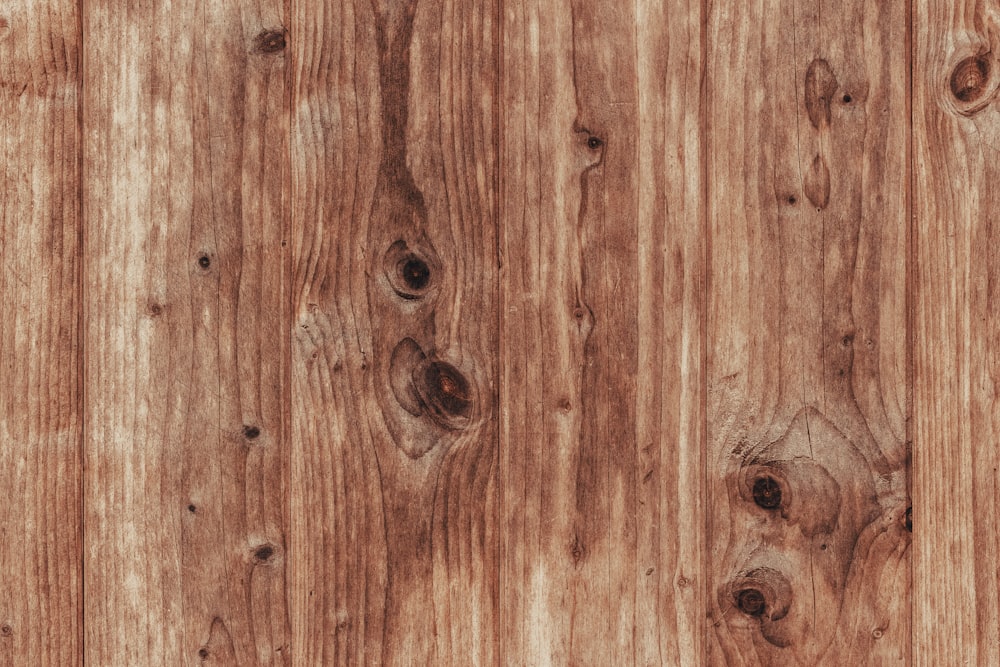
Image Source: Unsplash
Playsets are an exciting way for kids to get outside, play together, and have fun. But what types of material make the best playsets? There are a lot of options when it comes to choosing the right type of wood for playsets. There are many things to consider when choosing the right wood for your playset. Which type of wood is most durable? What type of wood will stand up best against the elements? What kind of wood is affordable but won’t warp or splinter easily over time? Each type of wood has its pros and cons so it’s important to understand everything before making a final decision. Read on to learn more about some different types of wood used in playsets and see if one might be perfect for your backyard!
Cedar
Cedar wood is a popular choice for outdoor playgrounds due to its natural resistance to decay and low maintenance requirements. Cedar wood is a softwood that grows in the northern hemisphere. It comes in a variety of colors, but is typically a light brown color with an aromatic smell similar to cedar chests or closets. Cedar wood is a very durable wood that can withstand exposure to the elements and insects. It is also resistant to rot and decay, making it a great option for outdoor furniture, decks, and playgrounds.
Other benefits of cedar wood include its low weight, which makes it easy to cut and transport. Cedar is also much more affordable than other hardwoods, such as oak and maple. While cedar isn’t the strongest hardwood out there, it does have its place in the market place for those who are looking for an affordable option for their outdoor furniture or playground equipment.
Compared to pressure treated lumber, cedar is not as resistant to the elements. Pressure treated lumber has been treated with chemicals that protect the wood from moisture damage and insect damage, but some people are worried about those chemicals leaking out in certain conditions. Cedar can be treated with chemicals too, but you typically don’t need to do so because it’s naturally resistant to decay and insects, although not as much as pressure treated wood.
Redwood
Another one of the best types of wood for playsets is redwood. Redwood is known for its beautiful reddish and brown tones that age gracefully over time. It’s a very durable wood that will last a long time if properly cared for. Redwood usually has less knots than cedar and it’s a great choice for building a playset that will last for years. However, one thing to consider is that redwood is quite expensive compared to other types of wood for playsets.
Preserved (Pressure Treated) Pine
If you’re looking for a cost-effective wood for your playset, consider using preserved pine or pressure treated wood. This type of wood is commonly used for outdoor structures, such as playsets and decks. The pressure treatment makes it more suitable for outdoor use. There are many different types of pressure treated wood, such as pine. Make sure you’re selecting the right type of preservative for your environment. You want to go for a type that’s designed for outdoor conditions. Up until 2003, CCA was one of the most common wood preservatives, but the EPA and manufacturers decided to move away from it and start using other types of chemical treatments due to safety and health concerns. While these chemicals, such as ACQ are considered totally safe, some people still prefer to steer away from this type of wood when it comes to playgrounds.
Pros and Cons of each type of playground wood
One of the most important factors in playground safety is the type of wood used in the construction of the play structure. When it comes to outdoor playgrounds, it is vitally important that you choose a wood product that has been certified to be safe for children. Not all wood products are created equal, and you need to make sure that the wood you choose is certified to be safe for children to play on.
There are many different options for wood types in playgrounds. You can choose from cedar, redwood, pine, or composite wood. Cedar is a popular choice because it is easy to maintain, lightweight, and resistant to rot. Redwood is another good choice because it is durable and resistant to warping and splitting. Pine is another option for outdoor playgrounds, as it is affordable and easy to work with. You can also choose composite woods, which are made from multiple types of wood glued together.
Each type of wood comes with advantages and disadvantages. It is up to you to decide which one works best for your playground, but this is the criteria you should use when buying one:
- safety & resistance: does the wood splinter, crack, warp; how much weight can the structure safely hold?
- elements & outdoor use: is the wood resistant to water, rot, UV, and even pests?
- chemicals: are the chemicals used to treat the wood considered safe even when wet or exposed to UV?
- aesthetics: is the wood going to retain the same color and nice look each passing season?
Maintaining Your Outdoor Wood Playset
Always read and follow manufacturer maintenance recommendations. The tips below are generalized and might not apply to your type of playset.
Wood that is exposed to the elements can quickly become damaged and discolored. Exposure to rain, snow and UV rays can cause wood to rot and warp. To prevent this, always keep outdoor wood covered when it is not in use. It might also be a good idea to pressure wash the playground regularly to remove dirt and grime.
If you choose to use pressure treated wood for your playset, you can reduce the risk of toxic fumes and splinters by varnishing or painting your playset posts and boards before they’re installed. You can also use treated pine, but choose a type that’s low in CCA.
You can also use a sealant to protect the wood. To keep your wooden playset looking its best, it should be stained and sealed every 1-2 years. This will help to protect your investment and keep it looking fresh and new.
You’ll also want to keep your playset clean, especially the sand pit and slide areas. This will help keep your playset clean and minimize the risk of things like mold and mildew forming. Finally, you should have your playset inspected every year. A playset inspector can help you identify any problems with your playset and let you know if it needs to be repaired or replaced.
Conclusion: Redwood is the best one if you can afford it
If you can afford it, redwood is the best choice for a wood type for your playset. It’s beautiful, durable, and resistant to many outdoor elements. If you can’t afford redwood, cedar is a great alternative. It’s resistant to many outdoor elements and easy to paint if you want to change the color. It’s not as durable as redwood, but this type of wood should last for many years if you take good care of it.
